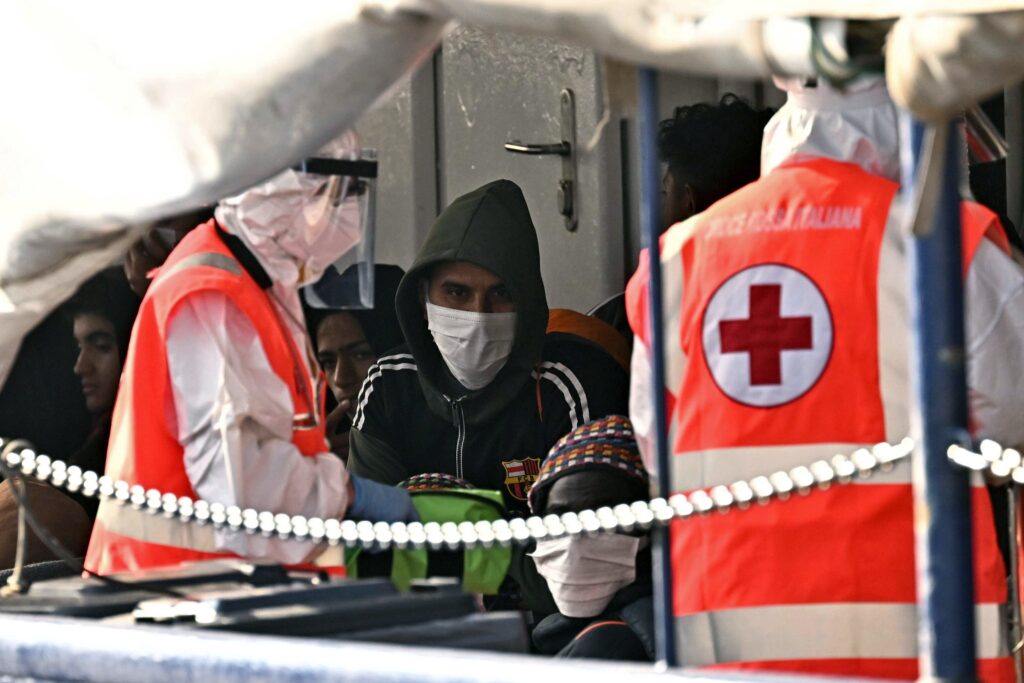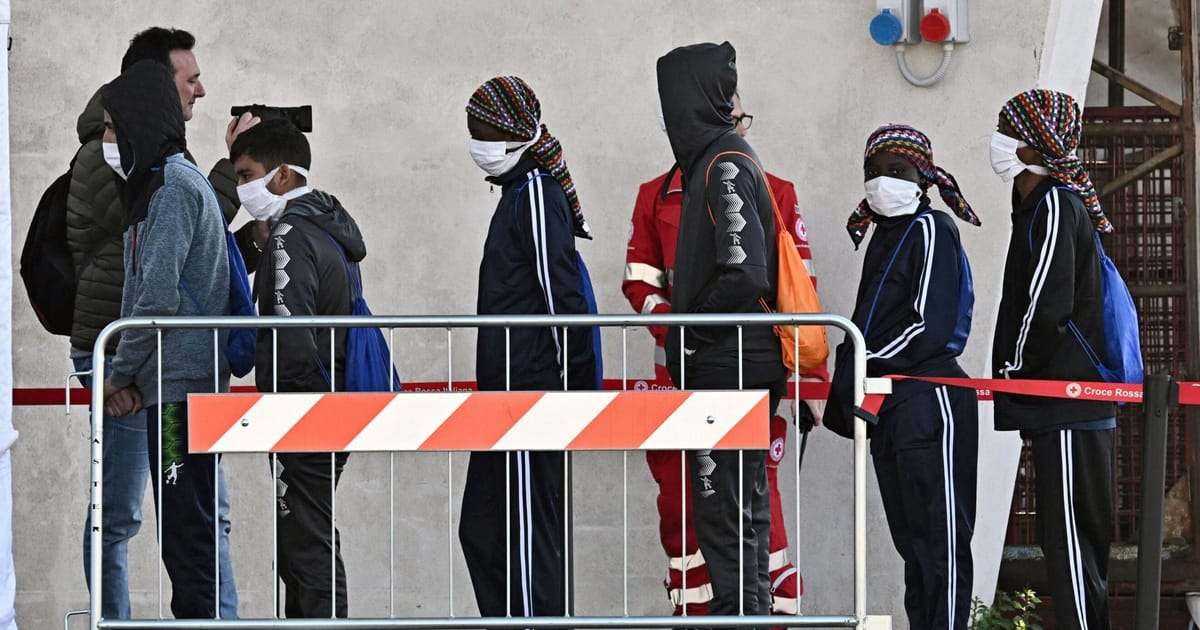In the plan, the Commission suggests potentially cutting funds to poorer countries if they don’t play their part in reducing migration flows.
“It shall combine all appropriate tools and the necessary leverage through a flexible incitative approach with, as appropriate within this context, possible changes in [the] allocation of funding related to migration,” the Commission wrote in the document laying out its blueprint on foreign aid in the new budget cycle, which covers the seven years from 2028.
In doing so, Commission President Ursula von der Leyen is yielding to pressure from her center-right European People’s Party and a majority of countries spanning Italy to Denmark.
 This would be a big change from the EU’s current aid model, which largely comes without strings attached. | Luca Zennaro/EFE VIA EPA
This would be a big change from the EU’s current aid model, which largely comes without strings attached. | Luca Zennaro/EFE VIA EPA
They are keen to replicate and expand the EU’s controversial 2023 deal with Tunisia to stem migrant departures also to other African countries.
“Increased coherence between migration, asylum and external policies is needed to ensure that the Union’s external assistance supports partner countries to manage migration more effectively,” the document reads.
However, in order for these ideas to take effect, von der Leyen will have to convince skeptics in the left-leaning Socialist and Democrats and the Greens, whose support is needed to approve the new budget in the European Parliament.
